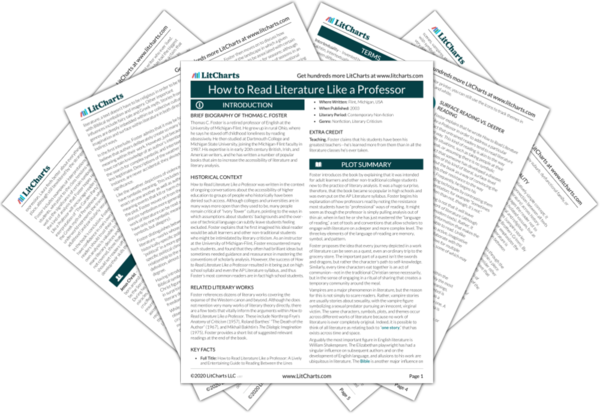Although it has historically been common for authors to “borrow” from the , nowadays many indisputably canonical texts will not be familiar to the average reader (most Americans, for example, have not read Homer’s
Iliad). If an author references a text like the
Iliad, many readers will fail to notice, and may even feel alienated and frustrated by encountering references that they cannot understand. As a solution to this problem, many authors have chosen to borrow from children’s literature—everything from folktales to
The Wind in the Willows (1908) to
The Cat in the Hat (1957).
